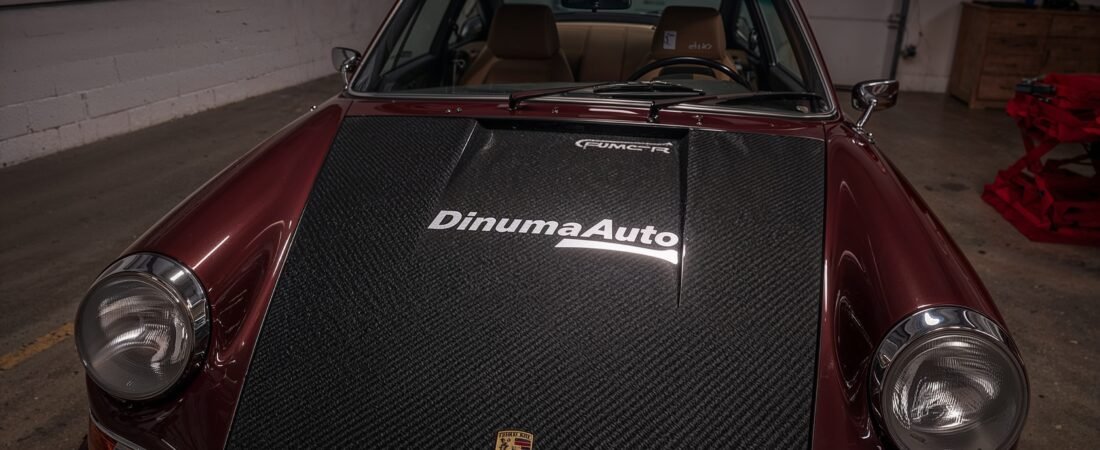What is Restomodding?
Restomodding is the art of transforming classic cars by integrating modern technology while maintaining their iconic aesthetics. This approach serves enthusiasts who desire nostalgic designs fused with modern performance capabilities. A remarkable example is the 1969 Porsche 911 restomod crafted by Singer Vehicle Design, which retains its quintessential silhouette but boasts a powerful 500-hp flat-six engine alongside cutting-edge carbon-fiber body panels.
Key Upgrades in Restomods
The appeal of restomodding lies in its focus on performance, comfort, and reliability. Vintage engines are often replaced with contemporary units for enhanced power output. For instance, a 1980s Mustang might undergo an engine swap for a 2025 Coyote V8, delivering an impressive 480 hp. Modern suspensions, like those seen in ECD Auto Design’s Land Rovers, feature adaptive dampers, while interiors are revamped with luxurious touchscreens, heated seats, and superior soundproofing. Even braking capabilities see major improvements, utilizing advanced disc or carbon-ceramic systems for effective stopping power.
The Growing Restomod Culture
As of 2025, restomodding continues to capture the hearts of classic car enthusiasts who want the style of yesteryears without the hassles of older models, such as poor fuel efficiency and frequent breakdowns. According to a recent Hagerty report, restomods can fetch between $200,000 and $1 million, highlighting their bespoke appeal. Social media platforms, especially X, feature vibrant communities where owners proudly share their builds, transforming models like the Chevrolet Camaro and Datsun 240Z into modern marvels.
